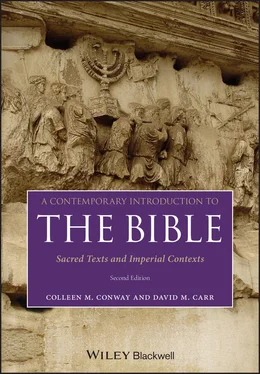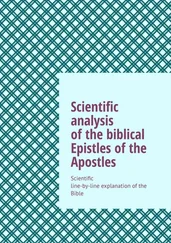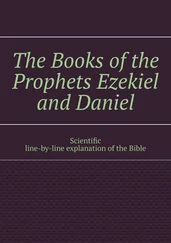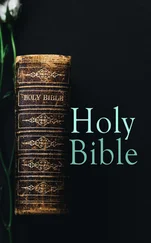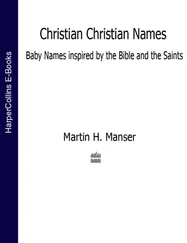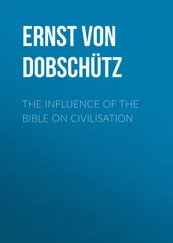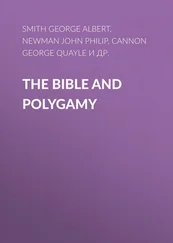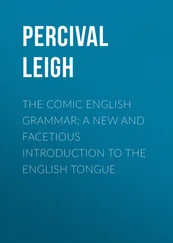The goal of this book is to give you keys to understand the Bible, including its more obscure parts. Names (e.g. Cyrus), events (e.g. the liberation from Babylonian captivity), and general perspectives in the Bible that previously you might have skipped past or not noticed should come into focus and make sense. For many, the experience of reading the Bible in historical context is much like finally getting to see a movie in color that beforehand had only been available in black and white. It is not at all that the meaning of the Bible can or should be limited to the settings in which it was originally composed. On the contrary: along the way we will see how the Bible is an important document now, thanks to the fact that it has been radically reinterpreted over centuries, first by successive communities of ancient Israelites and later by Jewish and Christian communities who cherished the Bible. Still, learning to see scriptures in relation to ancient history and culture can make previously bland or puzzling biblical texts come alive.
| Steps in the Bible’s own story |
This textbook’s discussion of biblical texts and traditions in the order they were created |
| Creation, flood, and other materials about the origins of the world (Genesis 1–11) |
See below |
| Stories of Israel’s patriarchs and matriarchs (e.g. Abraham and Sarah, Jacob, and Joseph; Genesis 12–50) |
See below |
| The growth of the people of Israel and their exodus from Egypt (Exodus 1–15) |
See below |
| Forty years in the wilderness, and gift of law at Sinai (Exodus 16–40; Leviticus, Numbers, Deuteronomy) |
|
| Israel’s conquest of Canaan (Joshua) |
Period of the Judges: Chapter 2 . Oral traditions in Genesis 12–35, Exodus, and Judges 5. |
| Tribal life under various leaders (Judges) |
|
| The establishment of Saul and then David’s monarchy (1–2 Samuel) |
Early monarchy/David and Solomon: Chapter 3 . Royal and Zion Psalms, books associated with Solomon (Song of Songs, Ecclesiastes, and Proverbs), and parts of Genesis 1–11. The text group here in Chapter 3gathers a set of texts from various periods – many associated with David and Solomon – that show adaptation of older ancient Near Eastern traditions. |
| The kings of Jerusalem and Israel (1–2 Kings 17 and also 1 Chronicles 10–2 Chronicles 28) |
Later northern and southern monarchies: Chapter 4 . Amos, Hosea, Micah, and early parts of Isaiah (along with possible early traditions in Exodus 1–15, Genesis 25–35, etc.). |
| The later kingship in Jerusalem (after destruction of the kingdom of Israel) (2 Kings 18–25//2 Chronicles 29–36) |
Twilight of the monarchy in Jerusalem: Chapter 5 . Deuteronomy through 2 Kings, Jeremiah, Nahum, and Zephaniah. |
| (The Bible lacks narratives directly of this time [the book of Daniel is a much later legend]) |
Exile of Judeans to Babylonia: Chapter 6 . Lamentations, Ezekiel, Isaiah 40–55, and major parts of Genesis through Numbers (especially the Abraham story in Genesis 12–25 and the book of Leviticus). |
| Rebuilding of a temple-focused community under Persian rulership (Ezra–Nehemiah) |
Return of exiles and rebuilding: Chapter 7 . Haggai, Zechariah, Isaiah 56–66, Jonah, Ruth, Job, and the book of Psalms (along with parts of Ezra–Nehemiah and Genesis through Numbers). |
| Deuterocanonical/Apocryphal books of (e.g. 1–4 Maccabees) |
The Hellenistic empires and crisis: Chapter 8 . Sirach, Enoch, Daniel, Ezra–Nehemiah, 1–2 Chronicles, Esther, Judith, and questions about the final formation of the Hebrew Bible (along with some of Ecclesiastes and Song of Songs). |
| Gospel stories of Jesus (Matthew, Mark, Luke, and John) |
The Roman empire: Chapters 9–15 . The books of the New Testament, starting with Paul and then moving to the gospels and select other writings. Treated later in the textbook, Chapters 11–14 |
| The emergence of the early church (Acts) |
Discussed in part of Chapter 14on Luke–Acts |
| Paul’s missionary work (Acts and Paul’s letters) |
Preliminary reflections on the New Testament’s setting, Chapter 9Discussed in Chapter 10(Hebrews treated in Chapter 15) |
| Letters attributed to other Apostles: Peter and John |
Discussed in Chapter 15 |
| The Book of Revelation |
Discussed in Chapter 15 |
At first this approach may be disorienting, since it involves placing familiar biblical texts in a different order and in new contexts. Take the example of the story of creation in Gen 1:1–2:3. It seems straightforward enough as it is. Why wait to talk much about this opening story of the Bible until Chapter 6of this Introduction ? As we will see, one reason is that reading Gen 1:1–2:3 in relation to the Judeans’ experience of forced exile in Babylonia (the focus of Chapter 6) explains the major emphasis in this text on the Sabbath. This is an aspect of the text that many people, especially non-Jews, completely miss, since it has little meaning for them. But the whole seven-day structure of the story is meant to lead up to one thing: God’s rest on the seventh day and blessing of it (Gen 2:1–3). Reading this text in relation to the Babylonian exile highlights this important feature and makes sense of other aspects of the creation story as well.
This is just one way in which academic study of the Bible is quite a different thing from study of the Bible in Sunday school or even high school religion classes in parochial schools. Many people come to a university or seminary class on the Bible expecting a summary of the contents of the Bible or indoctrination into biblical theologies or values. Others expect a devotional approach that they have learned in church Bible studies where the Bible is often read as a lesson book for life. All these approaches have their value and place, but they differ from the academic approach of a college or seminary course. Moreover, they are misleading indicators of what to expect from such a course. Where a student might expect to work hard in a history or organic chemistry class, study of the “Bible” – especially if it’s imagined on the basis of earlier experience with religious education – promises to be easy. Yet an academic course on the Bible offers its own set of challenges, somewhat similar to those of a good course in history or English literature. Indeed, some students find academic study of the Bible especially difficult because it offers alternatives to their past interpretations of biblical texts that they cherish. These students not only must learn the course material about the Bible, but must integrate this knowledge with their beliefs and values.
